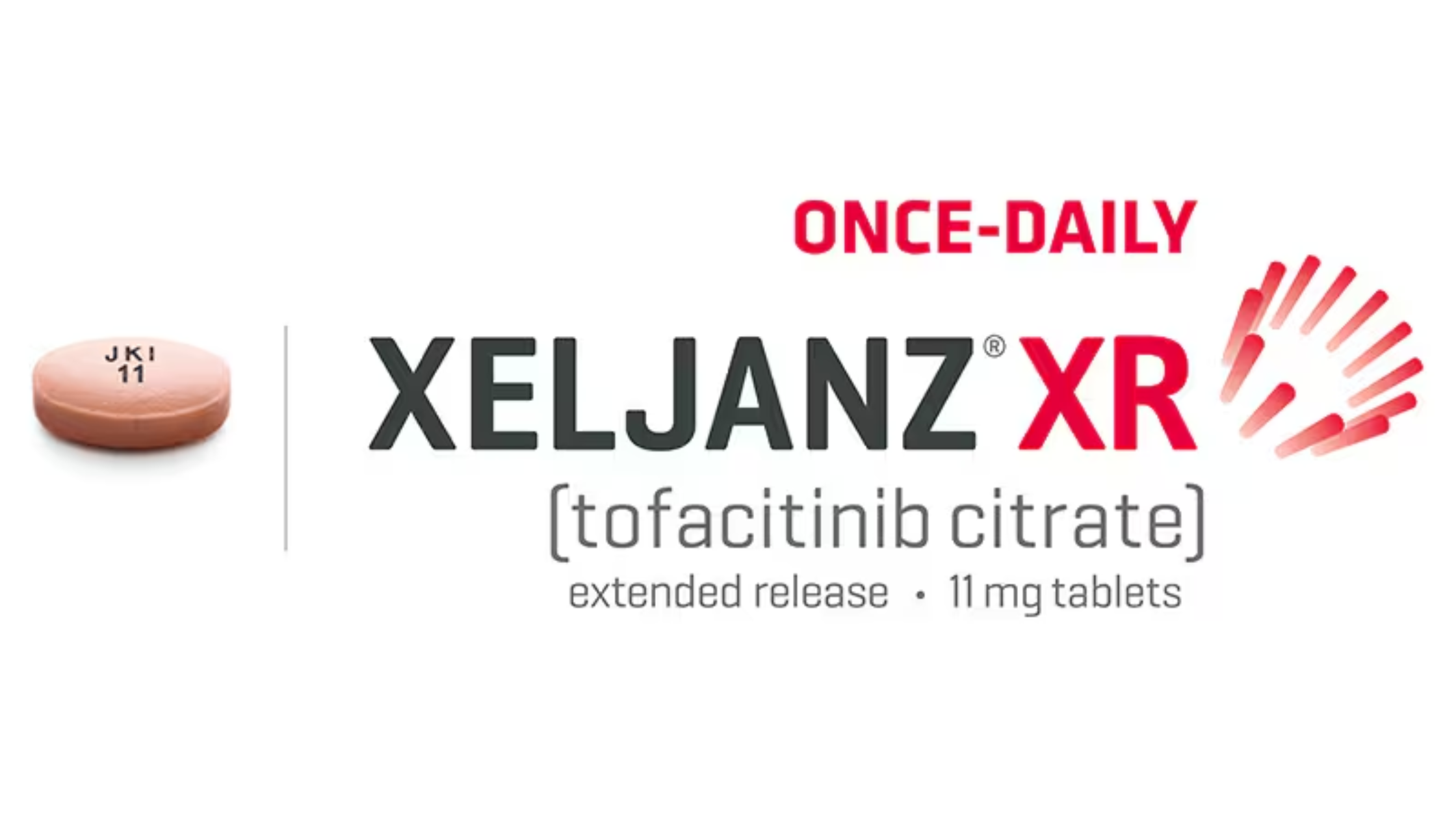If you’re wondering “How is Farxiga used for weight loss?”, this comprehensive guide will cover everything you need to know about this diabetes medication and its potential benefits for shedding pounds.
Farxiga, known generically as dapagliflozin, is a medication primarily prescribed to manage type 2 diabetes. However, it has gained attention for its potential role in weight loss. As someone who has explored the use of Farxiga, I can offer insights into how it works, its effectiveness, and what you can expect if you consider it for weight management. This detailed guide will delve into the mechanisms of Farxiga, clinical evidence supporting its use for weight loss, potential side effects, and tips for incorporating it into a weight loss regimen.
What is Farxiga?
Farxiga is an SGLT2 (sodium-glucose co-transporter-2) inhibitor, a class of medications used to manage blood sugar levels in people with type 2 diabetes. By inhibiting the SGLT2 protein in the kidneys, Farxiga helps prevent glucose reabsorption back into the bloodstream. Instead, glucose is excreted through the urine, leading to lower blood sugar levels.
How Farxiga Promotes Weight Loss- Mechanism of Action
While Farxiga’s primary purpose is to control blood sugar, it also has a notable impact on weight loss. The mechanism behind this weight loss can be attributed to several factors:
- Caloric Excretion: By preventing glucose reabsorption, Farxiga causes the body to lose calories through urine. This process can result in a calorie deficit, which is essential for weight loss.
- Reduced Fat Storage: Lower insulin levels, a result of better blood sugar control, can lead to reduced fat storage. Insulin is a hormone that promotes fat storage, so by lowering insulin levels, Farxiga may help decrease fat accumulation.
- Increased Fat Oxidation: Farxiga can enhance the body’s ability to burn fat for energy. When glucose is lost through urine, the body may turn to stored fat for fuel, promoting weight loss.
Clinical Evidence- Farxiga and Weight Loss
Numerous studies have explored the relationship between Farxiga and weight loss. Here are some key findings:
- Clinical Trials: In various clinical trials, patients taking Farxiga experienced significant weight loss compared to those on a placebo. On average, individuals lost between 2-3% of their body weight over 24 weeks.
- Real-World Data: Observational studies and real-world data have corroborated these findings, showing that Farxiga can lead to meaningful weight loss in a broader population.
Personal Experience- My Journey with Farxiga
As someone who has been on Farxiga, I can attest to its effects on weight loss. Initially prescribed to manage my type 2 diabetes, I noticed a gradual reduction in my weight over several months. Here’s a breakdown of my experience:
- Initial Phase: During the first few weeks, I didn’t notice any significant changes in weight. This period involved adjusting to the medication and monitoring my blood sugar levels closely.
- Weight Loss Begins: Around the third month, I started to see a noticeable difference. My clothes fit better, and the scale showed a steady decline. It wasn’t a rapid drop, but rather a consistent loss of about 1-2 pounds per month.
- Sustained Results: Over the course of a year, I managed to lose around 15 pounds. This weight loss was sustainable and, combined with a balanced diet and regular exercise, helped me feel healthier and more energetic.
Benefits Beyond Weight Loss
While Farxiga’s weight loss effects are significant, it’s essential to recognize its broader health benefits:
- Blood Sugar Control: Farxiga effectively lowers blood sugar levels, reducing the risk of diabetes-related complications such as neuropathy, retinopathy, and cardiovascular disease.
- Cardiovascular Health: Studies have shown that Farxiga can lower the risk of heart failure and cardiovascular events in people with type 2 diabetes, making it a valuable option for those with heart-related concerns.
- Renal Protection: Farxiga has demonstrated protective effects on the kidneys, potentially slowing the progression of diabetic kidney disease.
Potential Side Effects of Farxiga
Like any medication, Farxiga comes with potential side effects. It’s crucial to be aware of these and discuss them with your healthcare provider:
- Genital Infections: Increased glucose excretion can lead to a higher risk of genital infections, such as yeast infections or urinary tract infections.
- Dehydration: Farxiga can cause increased urination, leading to dehydration if fluid intake isn’t adequately maintained.
- Ketoacidosis: In rare cases, Farxiga can cause diabetic ketoacidosis, a serious condition characterized by high levels of ketones in the blood. Symptoms include nausea, vomiting, abdominal pain, and confusion.
Tips for Safe and Effective Use of Farxiga
If you’re considering Farxiga for weight loss, here are some tips to maximize its benefits and minimize risks:
- Consult Your Doctor: Always discuss with your healthcare provider before starting Farxiga. They can evaluate your health status, potential benefits, and risks.
- Monitor Blood Sugar Levels: Regularly check your blood sugar levels to ensure they remain within a safe range. Farxiga can lower blood sugar significantly, so monitoring is crucial.
- Stay Hydrated: Drink plenty of water to counteract the increased urination and prevent dehydration.
- Maintain a Balanced Diet: While Farxiga can aid weight loss, combining it with a balanced diet rich in fruits, vegetables, lean proteins, and whole grains will enhance results.
- Exercise Regularly: Incorporate regular physical activity into your routine. Exercise not only supports weight loss but also improves overall health and well-being.
Farxiga vs. Other Weight Loss Medications
Farxiga isn’t the only medication used off-label for weight loss. Here’s how it compares to other popular options:
- Metformin: Metformin is another diabetes medication that can aid weight loss. It works by improving insulin sensitivity and reducing glucose production in the liver. While effective, weight loss with metformin tends to be modest.
- GLP-1 Receptor Agonists: Medications like liraglutide (Saxenda) and semaglutide (Ozempic) are GLP-1 receptor agonists that promote weight loss by increasing satiety and slowing gastric emptying. These medications often result in more significant weight loss than Farxiga.
- Orlistat: Orlistat (Alli, Xenical) is a weight loss medication that inhibits fat absorption in the intestines. It can lead to substantial weight loss but often causes gastrointestinal side effects.
The Role of Farxiga in Weight Management Plans
Integrating Farxiga into a comprehensive weight management plan involves a multi-faceted approach:
- Medical Supervision: Regular check-ups with your healthcare provider to monitor progress, adjust dosages, and manage any side effects.
- Nutritional Guidance: Working with a nutritionist to develop a balanced, calorie-controlled diet that complements Farxiga’s effects.
- Exercise Routine: Establishing a consistent exercise regimen that includes both aerobic and resistance training to maximize weight loss and overall health.
- Behavioral Support: Engaging in behavioral therapy or support groups to address emotional and psychological aspects of weight management.
Farxiga and Long-Term Weight Maintenance
One of the critical aspects of any weight loss journey is maintaining the weight loss over the long term. Farxiga can play a role in this by continuing to help manage blood sugar levels and prevent weight regain. Here are some strategies for long-term success:
- Lifestyle Changes: Embrace sustainable lifestyle changes rather than short-term diets. Focus on healthy eating habits, regular physical activity, and stress management.
- Regular Monitoring: Keep track of your weight and health markers regularly. This helps identify any potential issues early and allows for timely intervention.
- Ongoing Medical Support: Stay in touch with your healthcare provider to manage any health conditions and adjust your weight management plan as needed.
Is Farxiga Right for You?
Farxiga offers a promising option for you if you are looking to manage your weight, especially if you have type 2 diabetes. Its ability to promote weight loss while providing significant health benefits makes it a valuable tool in a comprehensive weight management plan. However, it’s essential to approach its use with caution, under the guidance of a healthcare provider, to ensure it’s safe and effective for your specific needs.
In my experience, Farxiga has been an invaluable aid in my weight loss journey. By combining it with a healthy diet, regular exercise, and ongoing medical support, I’ve been able to achieve and maintain a healthier weight. If you’re considering Farxiga for weight loss, I hope this guide provides the information you need to make an informed decision. Remember, every weight loss journey is unique, and finding the right tools and strategies for your individual needs is key to long-term success.
FAQs about Farxiga and Weight Loss
1. How much weight can I expect to lose with Farxiga?
Weight loss varies among individuals, but clinical trials have shown an average loss of 2-3% of body weight over 24 weeks. Personal experiences may differ, and combining Farxiga with lifestyle changes can enhance results.
2. Can I use Farxiga if I don’t have diabetes?
Farxiga is primarily approved for managing type 2 diabetes. Using it solely for weight loss without diabetes should be discussed with a healthcare provider to evaluate potential benefits and risks.
3. Are there any dietary restrictions while taking Farxiga?
There are no specific dietary restrictions, but maintaining a balanced diet can enhance weight loss and overall health. Staying hydrated
is crucial due to increased urination caused by Farxiga.
4. Can Farxiga be combined with other weight loss medications?
Combining medications should only be done under medical supervision. Your healthcare provider can determine if combining Farxiga with other weight loss medications is safe and effective for you.
5. What should I do if I experience side effects?
If you experience side effects such as genital infections, dehydration, or symptoms of ketoacidosis, contact your healthcare provider immediately. They can provide guidance on managing side effects or adjusting your treatment plan.
6. Is Farxiga a long-term solution for weight loss?
Farxiga can be part of a long-term weight management plan, especially for individuals with type 2 diabetes. However, sustainable weight loss typically requires ongoing lifestyle changes, regular monitoring, and medical support.
7. How quickly will I see results with Farxiga?
Weight loss with Farxiga is gradual and may become noticeable after a few months. Consistency in taking the medication, combined with healthy lifestyle habits, will yield the best results.
8. Can I stop taking Farxiga once I’ve lost weight?
Any changes to your medication regimen should be discussed with your healthcare provider. They can guide you on the appropriate course of action based on your health status and weight management goals.
9. How does Farxiga compare to other diabetes medications for weight loss?
Farxiga, metformin, and GLP-1 receptor agonists all have weight loss benefits. The choice of medication depends on individual health needs, preferences, and potential side effects. Your healthcare provider can help determine the best option for you.
10. Is there an antidote for Farxiga in case of overdose or severe side effects?
In the case of an overdose or severe side effects, immediate medical attention is required. There is no specific antidote for Farxiga, but supportive care and symptomatic treatment can manage the situation.
Summary
In conclusion, Farxiga can be an effective tool for weight loss, particularly for individuals with type 2 diabetes. By understanding its mechanisms, benefits, and potential risks, you can make informed decisions about incorporating it into your weight management plan. Always consult with your healthcare provider to ensure that Farxiga is a safe and suitable option for you. For more related updates o managing health, visit The Antidote.





It’s perfect time to make some plans for the long run and it is time to be happy. I have read this submit and if I may I want to counsel you some attention-grabbing things or suggestions. Maybe you could write subsequent articles relating to this article. I wish to learn more things about it!
Your views will be addressed